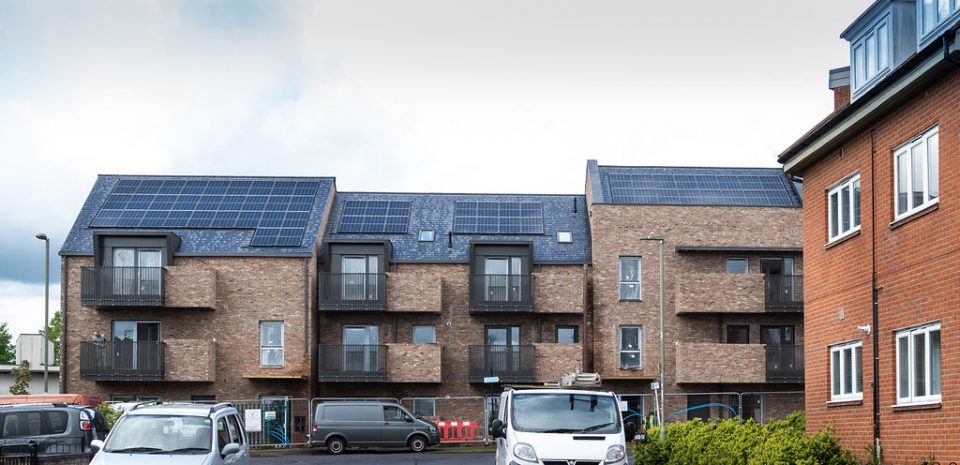- News
- Cutting the cost of energy by changing how and when we use it
Recent headlines about the cost of living crisis have reflected the general anxiety of the nation across the UK as bills and prices for everyday goods are increasing sharply.
The soaring prices are causing annoyance for some but for many families, it is leaving them struggling to make ends meet. The latest research figures from Kantar show that the UK’s lowest-income families could see their spare cash drop by a fifth in 2022.
One of the main drivers of the squeeze for most families is the increase in their fuel bills. April will see an increase in the energy price cap by a massive 54%. This will mean a typical increase from £1,277 a year to £1,971 a year for households paying by direct debit – a massive average increase of £693 a year for household bills.
Added to that, the ongoing volatility of global gas costs caused by the uncertainty of natural gas supplies from Russia, and the future of our energy costs is a cause of great concern for many.
Looking to local energy systems for answers
There has been much talk about ways we can start reducing our reliance on fossil fuels in recent years. In doing so, we can not only tackle the threat of rising energy prices but accelerate our transition to a zero-carbon energy system, a big step in the global fight against climate change.
At Project LEO, we are looking at many ways communities across the UK can adapt and transition to smart, local energy systems, where renewable energy generation is key to reducing our reliance on fossil fuels.
But in our Rose Hill Solar Saver trials, we are also examining ways that householders can change when they use energy – tracking it to when the solar PV on their roof is generating the most. These trials are designed to show how people can take more control over their energy bills by controlling how much energy they use and when they use it.

How does it work?
We are all familiar with the concept of household solar energy generation. Homeowners install solar panels on the roofs of buildings that generate clean energy from the sun. The homeowner then benefits from cheaper electricity bills as they use the clean energy generated. But what about people, such as those living in flats, who aren’t able to just install solar panels on their roof?
Solar panels installed on the roofs of new flats in Rose Hill are generating green electricity when the sun shines. The trials, being run in partnership with Low Carbon Hub, are looking at ways those living in the flats can benefit by accessing cheaper electricity at times when the solar panels are generating the most energy. Even though they don’t own the panels.
In Rose Hill, of which parts are in the most 20% deprived areas nationally, and in the worst 10% for child poverty and poverty amongst older people, we are looking at how this clean energy generation can also be made flexible, possibly giving residents further reductions to their energy bills.
While the aim of the trial is to hopefully to lower energy bills for the residents of the flats in the shorter term, we hope the results can inform a longer-term study in how and when we use energy generated by shared rooftop solar panels. The overall aim of these trials is to see how residents of similar flats all across the UK could benefit from cheaper, low carbon electricity from shared rooftop solar panels.
We’re excited that these trials are already underway and we’re learning from the information and data that are already being collected. As always, we will be sharing the results and findings of the trials as soon as we are able to, so watch this space for more information!